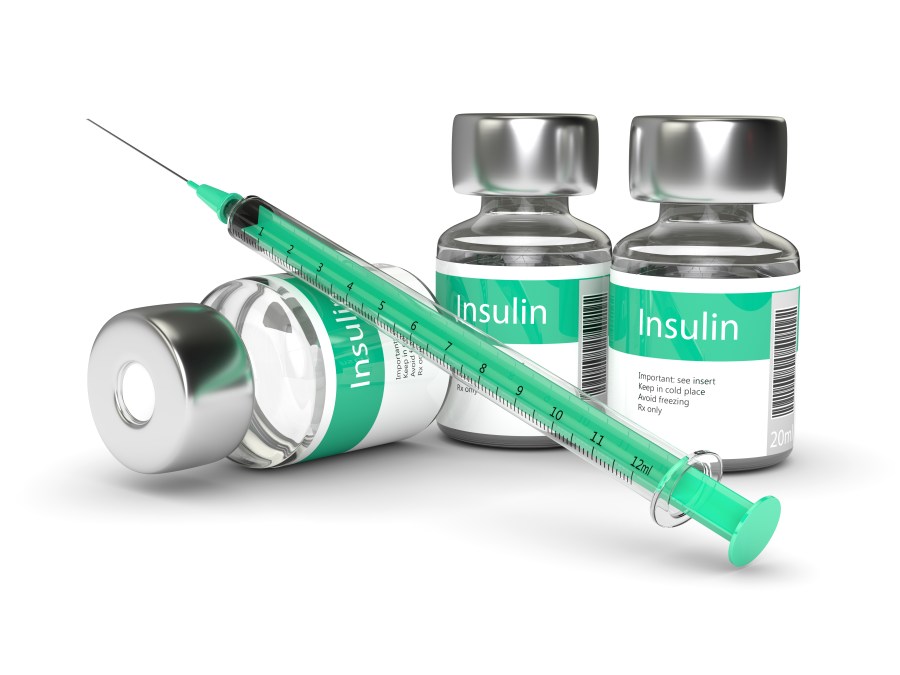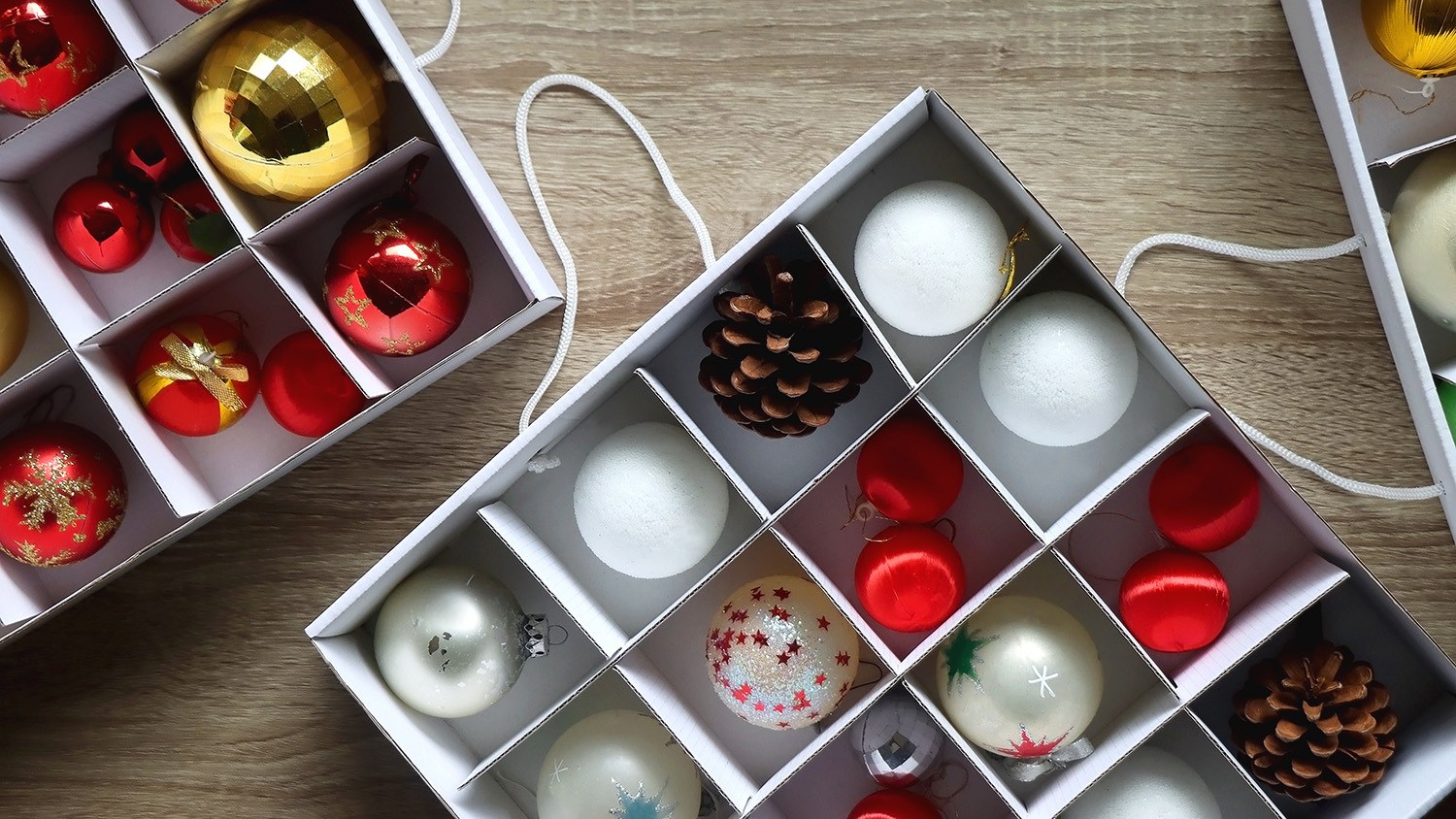I have Type 1 diabetes and rely on daily insulin doses to stay alive. So I’m not an impartial bystander here.
While I’m grateful that drug maker Eli Lilly on Wednesday cut the price of some of its insulin products by 70%, the sad fact is that Lilly had to be shamed into doing the right thing after decades of overcharging me and others.
And my response to the company is, “What the heck took you so long?”
Lilly also said it would cut the price of its lower-priced generic version and limit patient co-pays to $35.
Again, I’m grateful. I use Lilly’s Humalog insulin, which retails for roughly $300 a vial. (A vial lasts me about three weeks.)
Here’s the thing: Humalog has risen in price by an inflation-adjusted 600% since 1996, even as economies of scale have significantly lowered production costs.
The three drug companies that control the insulin market — Lilly, Novo Nordisk and Sanofi — have become the poster children for pharmaceutical excess by raising prices in lockstep and ignoring pleas from patients and their families to treat people with diabetes more humanely.
Many people with diabetes now ration their insulin doses because of the high cost.
“While the current healthcare system provides access to insulin for most people with diabetes, it still does not provide affordable insulin for everyone and that needs to change,” Lilly CEO David A. Ricks said in a statement.
“The aggressive price cuts we’re announcing today should make a real difference for Americans with diabetes,” he said.
True.
But here’s another way of looking at things.
Lilly is cutting its insulin price by 70% but, of course, it’s still going to make money on the drug.
That means the company’s insulin has been overpriced by at least 70% for years, allowing Lilly to profit handsomely from people’s medical misfortune.
This raises important questions about how many other life-saving drugs out there are also priced way beyond research and production costs — not to mention the ethical issue of financially exploiting some of the most vulnerable members of society.

Hopefully, Novo and Sanofi will now follow Lilly’s lead and price their insulins at reasonable levels as well. Goodness knows they never hesitated to raise prices when one of the others did likewise.
And here’s the thing that really hits home.
The researchers who discovered insulin about a century ago sold the patent for just $1 so people with diabetes around the world would have access to the drug.
One dollar.
The global market for insulin sales was projected last year to reach more than $23 billion by 2030.
So, yeah, thanks, Lilly, for the helping hand.
Can I have the thousands of dollars in overcharges refunded now?













